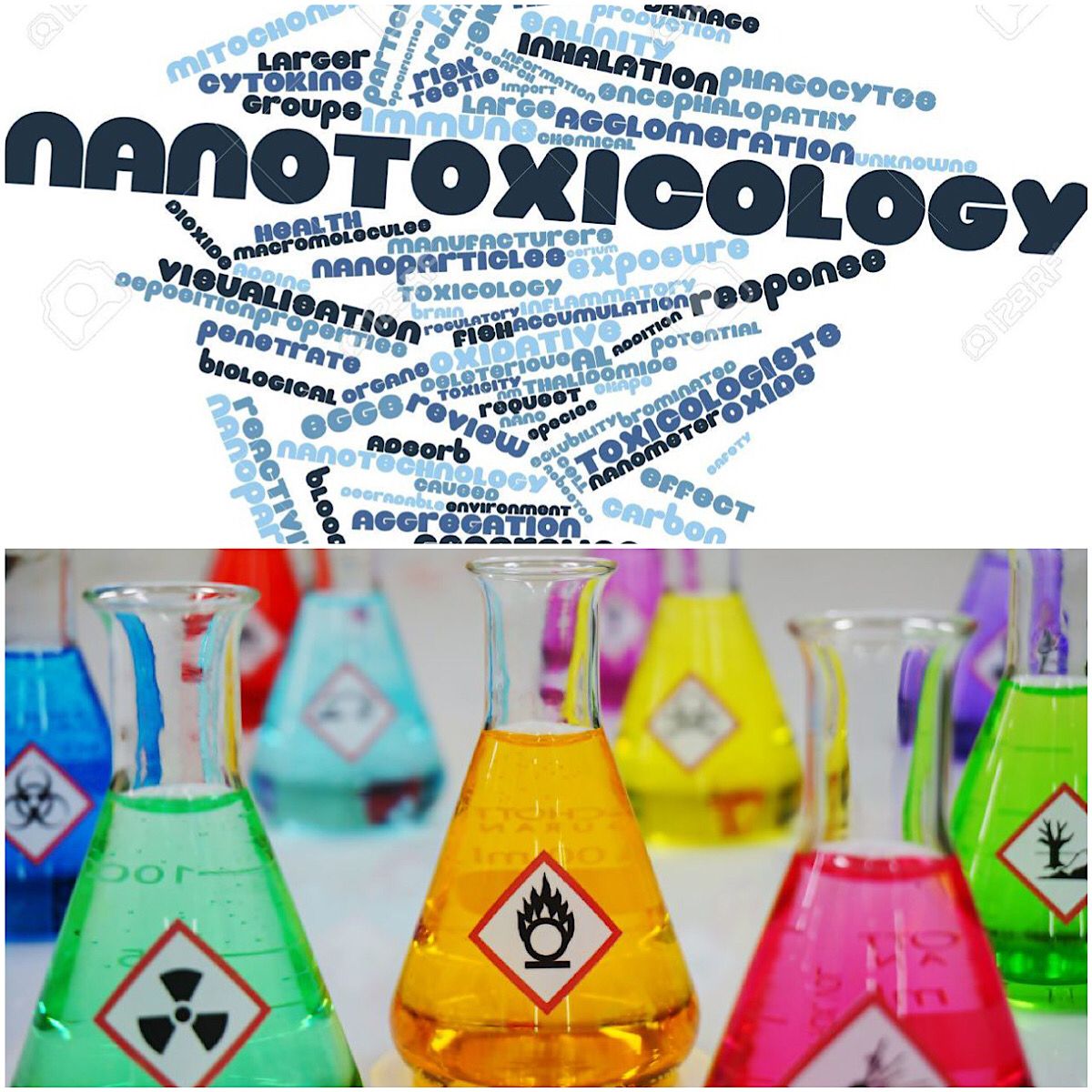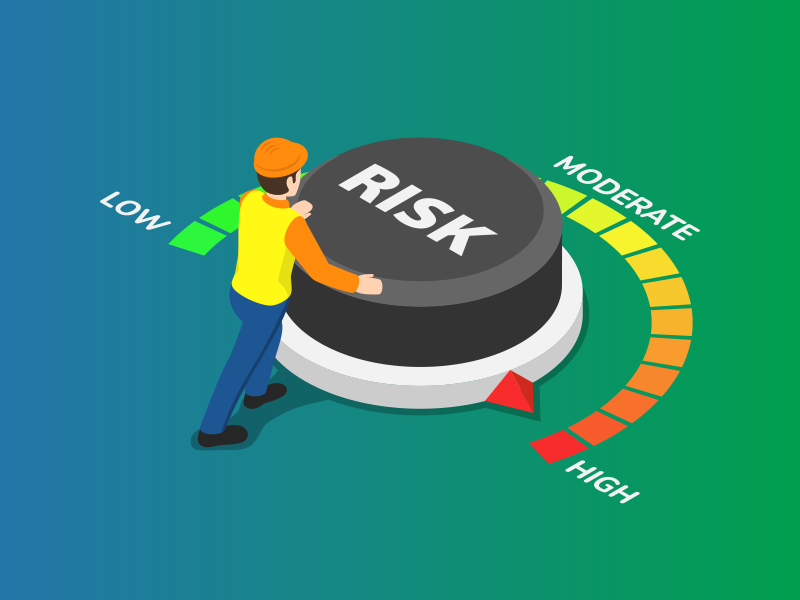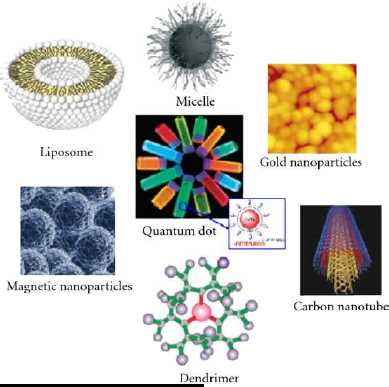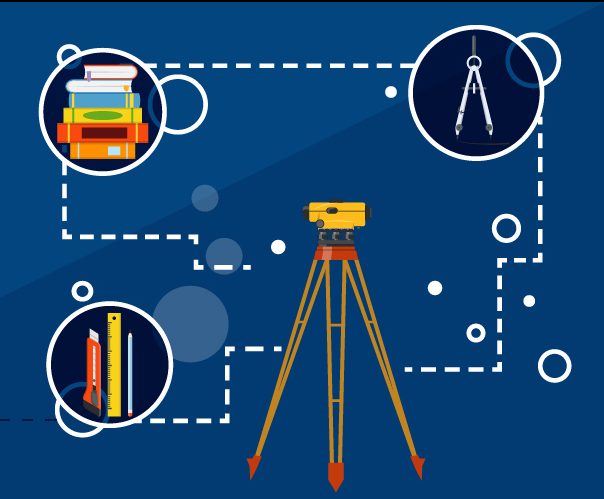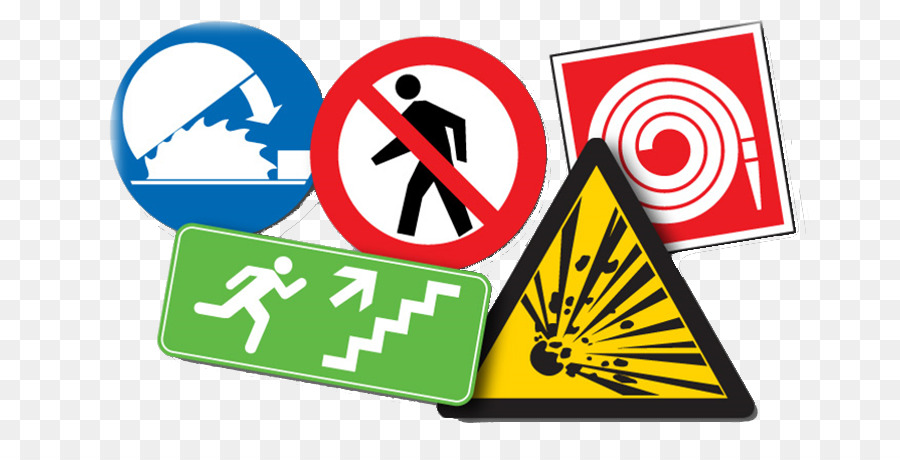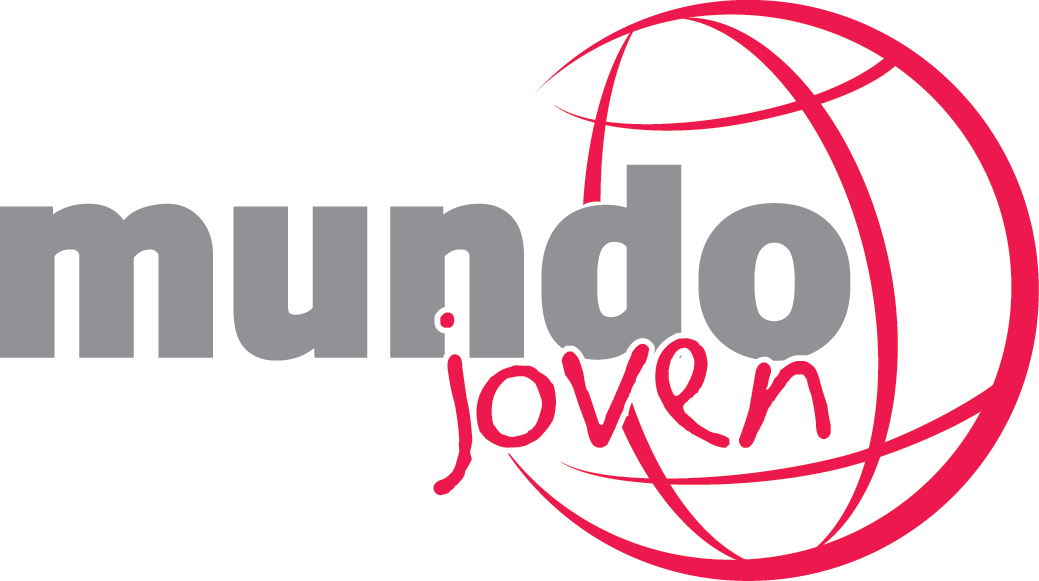Toxicology is important in the field of damage to the health of workers exposed to nanomaterials, since effects have been evidenced in various parts of the body and it is known that workers, employers and others need answers in order to meet their objectives without harming nobody´s health.
Engineering controls and personal protective equipment
Being able to implement engineering controls and promote worker self-care helps to minimize risk as much as possible.
At the beginning of the 21st century nanotechnology, more specifically artificial nanomaterials (ENM) would form an important market in the world. In this way, the industry would transform the raw material to a tiny scale and it would be the workers who would be exposed to the potential risks that the handling of materials at this scale could generate. That is why it is necessary to use all the necessary tools to provide safe working environments, and thus the evaluation of risks becomes relevant by identifying hazards and evaluating risks to achieve an efficient treatment of these.
Medical surveillance emerged as one of the first resources to ensure the health of workers, given the lack of knowledge about the health effects that could be generated by work to exposure of ENM; For this reason, the implementation of medical surveillance programs was considered, which despite focusing on the effects of ENM on human health, have not been able to characterize any disease related to this risk factor.
Nanomaterial safety and health of workers
It is very important to recognize that nanomaterials affect the health and safety of workers.
With the appropriate procedures, each study carried out can be supported, since by establishing the parameters, a broader spectrum is established and thus can help to improve the health of the workers.
Workers´ exposure determines the effects it will have on their health. To make the right decisions, a whole process is needed, and knowing how to abide by each of the recommended improvements.
Occupational diseases have increasingly come to the attention of employers, who over time have understood the benefits of managing and preventing these risks in a timely manner. In the industrial field, artificial nanomaterials (ENM) are a novel form of production, which is why the information available for risk management is limited, however, and in response to the need to ensure the safety of workers, risk management models related to the industrial production in which MNAs are used have been generated.
Due to the short exposure of workers and the time required for the development of long latency results to artificial nanomaterials, no has given enough time to characterize diseases generated by exposure to ENM, but even more worrisome is the limited number of epidemiological studies carried out in the field.



